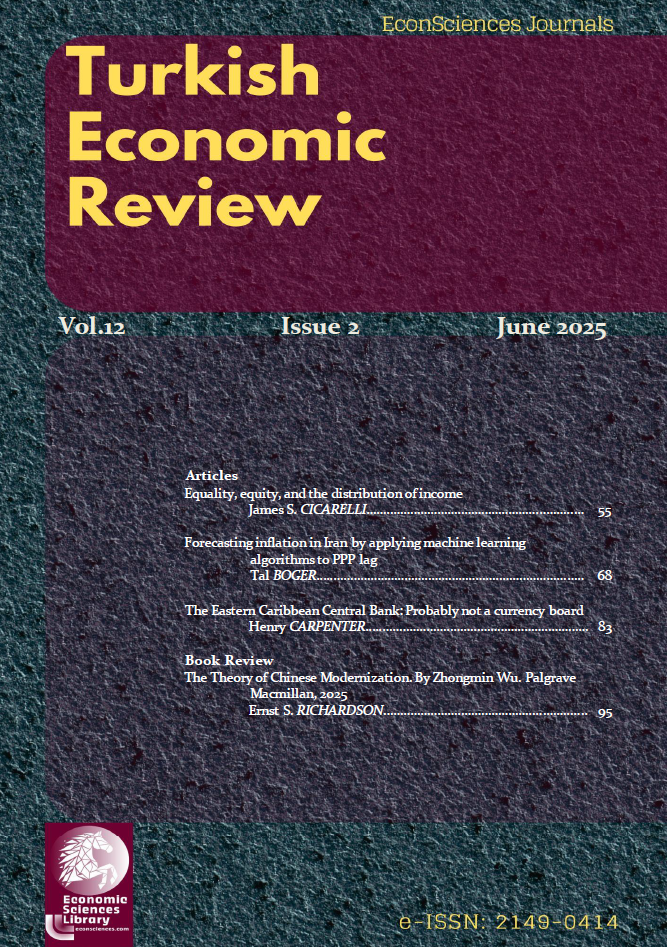Abstract
This book, written by Zhongmin Wu from the Party School of the Central Committee of the CPC, presents a comprehensive, theoretical analysis of China's unique path to modernization. The author argues that while modernization follows general laws, successful implementation requires an organic integration of these laws with a country's specific national conditions and historical heritage. The book chronicles China’s "V-shaped" evolutionary trajectory, spanning the early modernization period in the mid-19th century, the experimental phase post-1949, and the initial takeoff period since the 1978 Reform and Opening-up. Key factors attributed to China's success include prioritizing modernization at governmental and societal levels, the continuous refinement of its understanding of modernization, and a harmonious synthesis of autonomous development with openness to the international community. A major theme is the formation of endogenous dynamics for modernization after 1978, propelled by designating modernization as the central task. The author also explores the "multiplicative effects" of large-scale modernization and the advantages and disadvantages of late-developer status. Ultimately, the book posits that the successful takeoff of China’s modernization is a "century-making" event with profound, positive impacts on global modernization.
Keywords. Chinese Modernization (or Chinese Path to Modernization); Late-Developer Advantages/Disadvantages; Endogenous Dynamics; Modernization Multiplier Effect; Reform and Opening-up.
JEL. O10; P27; F43; N15; O33.

This work is licensed under a Creative Commons Attribution-NonCommercial 4.0 International License.
